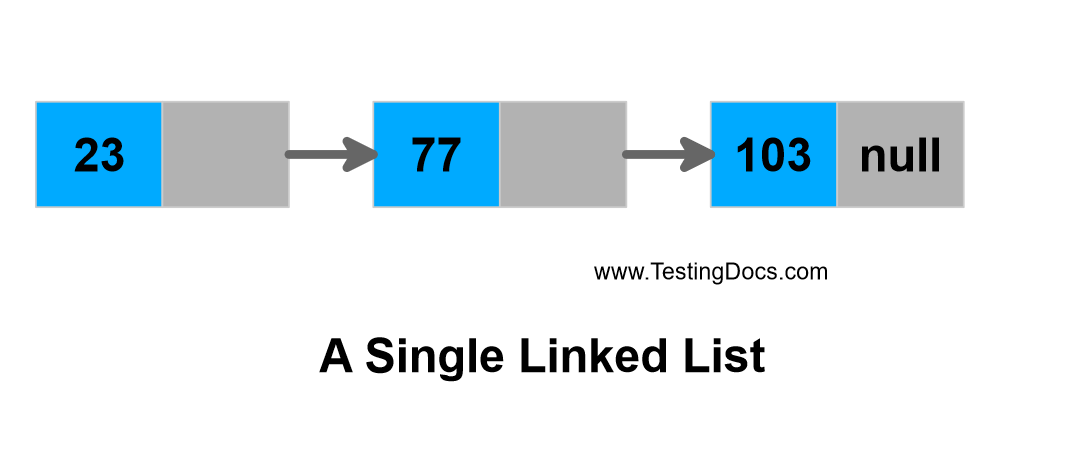
After declaring all the functionalities in beginning we will implement an if-else loop so that we can switch between the mentioned functionalities. In the main class, we have declared two variables of integer data type as “I” and “data”. One more function is declared for traversing the list linked together. So we have declared insertion, deletion operations at the beginning as well as the end of the linked list. We have added 5 main functionality of linked that help in performing all kinds of possible operations in our code.


In the above code, we have created a node and we have also created the address part of a node. Printf( "%d deleted from end successfully.\n ", n) Printf("%d deleted from end successfully.\n", n) Printf("%d deleted from the beginning successfully.\n", n) Printf("%d\n", t->data) // Print last node Printf("There are %d elements in linked list.\n", count) T = (struct node*)malloc(sizeof(struct node)) Want to delete an element from beginning.\n") Want to insert an element at the end of linked list.\n") Want to insert an element at the beginning of linked list.\n")

#Linked list code
Here is the C code to demonstrate the working of the linked list: Now we will discuss the working of the linked list through C code with a brief explanation. A pointer part: It will always point to the next member of the linked list in code.A data part: It will contain the data of the user.In the above-linked list syntax struct is the mandatory keyword to be used because with help of structure we can create custom data structure and as it is a node so node keyword is used so we are creating a data structure and in node, we have two parts, one is integer data part while other is the pointer which we address to the next node in the list.īasically, the linked list node has two parts:


 0 kommentar(er)
0 kommentar(er)
